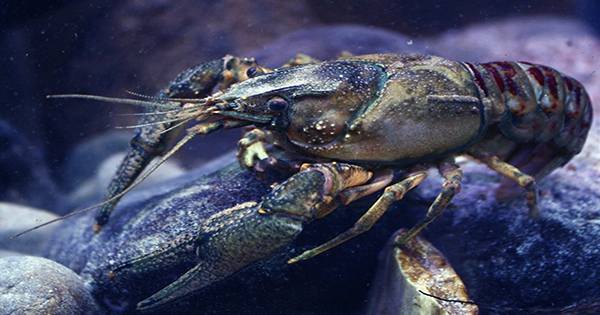Industrial wastewater treatment is the process of removing impurities and pollutants from water generated by industrial activity before it is discharged into the environment or municipal wastewater treatment facilities. It discusses the procedures for treating wastewater generated by companies as an undesired byproduct. The goal is to reduce the harmful effects of industrial wastes on the environment and human health.
The specific treatment procedures utilized are determined on the kind and concentration of pollutants present in the wastewater. After treatment, treated industrial wastewater (or effluent) can be reused or released into a sanitary sewer or surface water in the environment.
Some industrial operations produce wastewater, which can be treated in sewage treatment plants. Most industrial processes, such as petroleum refineries, chemical and petrochemical plants, have their own specialized facilities to treat their wastewaters so that pollutant concentrations in the treated wastewater meet regulations for wastewater disposal into sewers, rivers, lakes, or oceans.
This applies to enterprises that produce wastewater containing large levels of organic matter (e.g., oil and grease), harmful pollutants (e.g., heavy metals, volatile organic compounds), or nutrients like ammonia.
Here are the key steps and techniques commonly employed in industrial wastewater treatment:
(a) Preliminary Treatment:
- Screening: Removal of large objects like sticks and debris.
- Grinding: Reducing the size of large particles.
(b) Primary Treatment:
- Sedimentation: Allowing suspended solids to settle at the bottom of a tank (primary clarifier).
(c) Secondary Treatment:
- Biological Treatment: Using microorganisms to break down organic pollutants. Common methods include activated sludge process, trickling filters, and sequencing batch reactors.
- Aeration: Providing oxygen to support the growth of aerobic bacteria that break down organic matter.
(d) Tertiary Treatment:
- Advanced Filtration: Additional filtration processes to further remove fine particles.
- Chemical Treatment: Using chemicals to precipitate or coagulate remaining pollutants.
(e) Disinfection:
- Chlorination, UV Treatment, or Ozonation: Killing or inactivating remaining pathogens.
(f) Sludge Treatment:
- Sludge Dewatering: Reducing the water content of the sludge for disposal or further treatment.
- Anaerobic Digestion: Breaking down organic matter in sludge by microorganisms in the absence of oxygen.
- Thermal Treatment: Incineration or drying the sludge to reduce volume and stabilize it.
The specific treatment procedures and technologies used are determined by the nature of the industrial activities, the contaminants present, and local environmental requirements. Some sectors may also employ water reuse technologies to reduce the need for fresh water. Some enterprises construct a pre-treatment system to remove some contaminants (such as hazardous chemicals), and then discharge the partially treated effluent into the municipal sewer system.
















